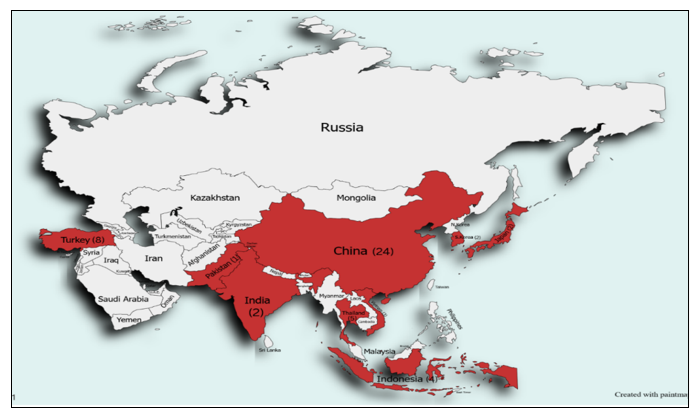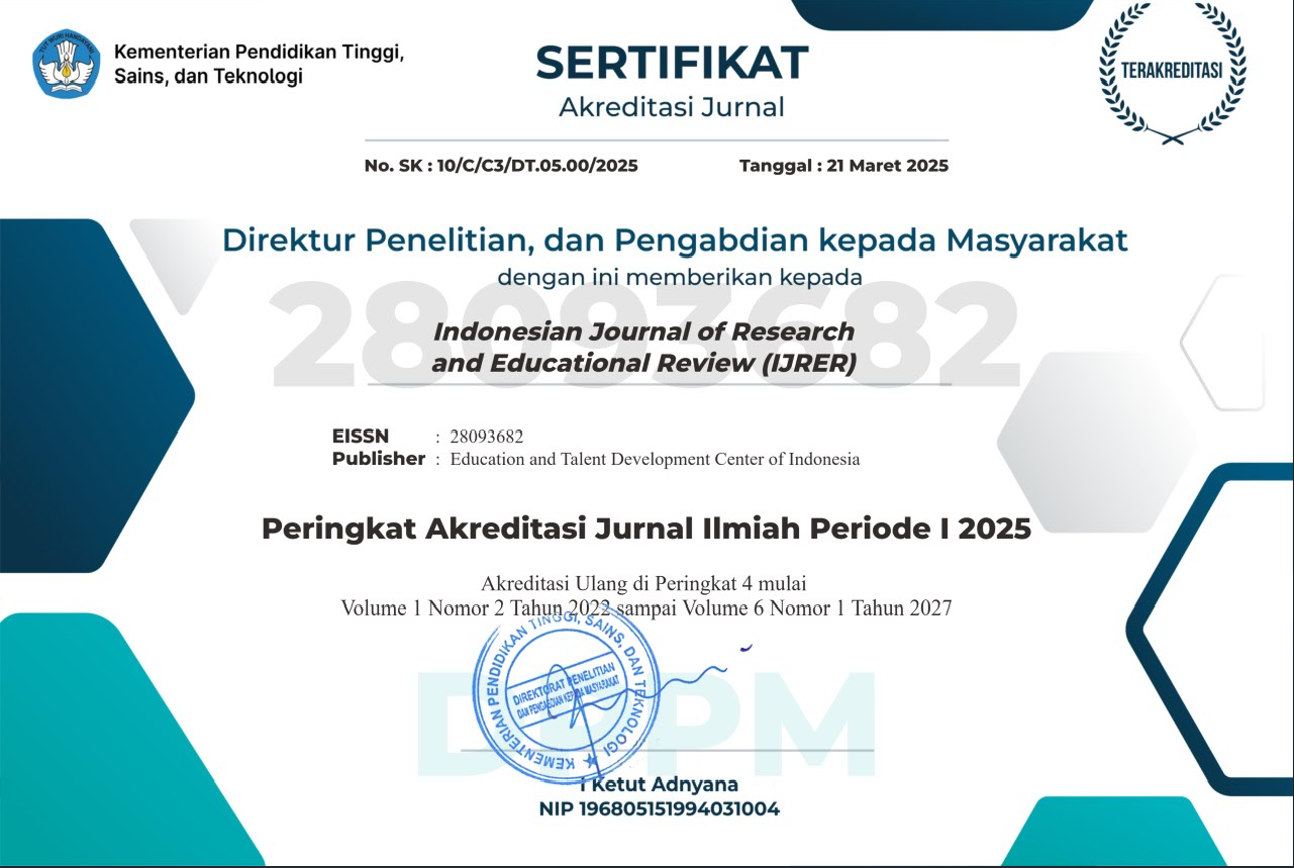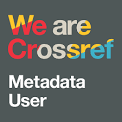Translanguaging as a Pedagogical Tool in Asia: Roles, Challenges, Opportunities, and Effective Practices
DOI:
https://doi.org/10.51574/ijrer.v4i4.3040Keywords:
Asia, Education, Pedagogy, Systematic Literature Review, TranslanguagingAbstract
Educators in Asian classrooms encounter significant challenges in supporting students from linguistically diverse backgrounds. These challenges are rooted in the need to navigate complex layers of language and culture, as well as deeply ingrained communication customs shaped since early childhood. One promising pedagogical approach is translanguaging, which encourages students to draw on their full linguistic repertoire to enhance learning. However, limited research has explored how translanguaging is implemented in real-world classroom settings across Asia. This study conducted a systematic literature review (SLR) of full-text and peer-reviewed publications from 2021 to 2025, sourced from reputable academic databases including ERIC, ScienceDirect, Sage Open, Taylor & Francis, and ProQuest. A total of 36 journal articles were examined for common themes, perceived benefits, and implementation issues associated with translanguaging procedures. The findings show that translanguaging can increase student engagement, improve comprehension, and validate learners’ linguistic identities. However, dominant monolingual ideology, inadequate teacher training, and restrictive institutional regulations impede widespread acceptance. This study finds that translanguaging has a significant potential to promote more inclusive and successful multilingual education in Asian environments. It suggests that teacher education programs and institutional frameworks may incorporate translanguaging into ordinary classroom practice.
References
Antony, S., Ramnath, R., & Ellikkal, A. (2024). Examining students’ perspectives on pedagogical translanguaging in the multilingual classroom context. IAFOR Journal of Education, 12(1), Article 8. https://doi.org/10.22492/ije.12.1.08
Braun, V., & Clarke, V. (2016). Thematic analysis. The Journal of Positive Psychology, 12(3), 297–298. https://doi.org/10.1080/17439760.2016.1262613
Canagarajah, S. (2022). Language diversity in academic writing: Toward decolonizing scholarly publishing. Journal of Multicultural Discourses, 17(2), 107–128. https://doi.org/10.1080/17447143.2022.2063873
Cenoz, J. (2017). Translanguaging in school contexts: International perspectives. Journal of Language, Identity & Education, 16(4), 234–239. https://doi.org/10.1080/15348458.2017.1327816
Cenoz, J., & Gorter, D. (2017). Translanguaging as a pedagogical tool in multilingual education. International Journal of Multilingualism, 14(3), 304–319. https://doi.org/10.1080/14790718.2017.1315805
Cummins, J. (2019). Theoretical and pedagogical perspectives on translanguaging in multilingual education. International Journal of Bilingual Education and Bilingualism, 22(2), 271–275. https://doi.org/10.1080/13670050.2018.1543691
Dikilitaş, K., Bahrami, V., & Erbakan, N. (2023). Bilingual education teachers and learners in a preschool context: Instructional and interactional translanguaging spaces. Learning and Instruction, 86, Article 101754. https://doi.org/10.1016/j.learninstruc.2023.101754
Galante, A. (2020). Translanguaging as an empowering approach to education for multilingual learners. TESOL Quarterly, 54(4), 874–892. https://doi.org/10.1002/tesq.297
García, O., & Kleyn, T. (2016). Translanguaging with multilingual students: Learning from classroom moments. Routledge. https://www.routledge.com/Translanguaging-with-Multilingual-Students-Learning-from-Classroom-Moments/Garcia-Kleyn/p/book/9781138906983
Goodman, B., & Tastanbek, S. (2021). Making the shift from a codeswitching to a translanguaging lens in English language teacher education. TESOL quarterly, 55(1), 29-53. https://doi.org/10.1002/tesq.571
Jiang, L., Li, Z., & Leung, J. (2024). Digital multimodal composing as translanguaging assessment in CLIL classrooms. Learning and Instruction, 92, Article 101900. https://doi.org/10.1016/j.learninstruc.2024.101900
Laycock, D. D. (2021). Translanguaging and the Thai EFL classroom. International Journal of Science Technology and Management, 10(10), 49–56. http://www.ijstm.com/images/short_pdf/1635134793_T566.pdf
Li, D., & Wang, Y. (2024). Translanguaging as a mediational tool in the process of feedback in second language writing. Chinese Journal of Applied Linguistics, 47(1), 121–136. https://doi.org/10.1515/cjal-2024-0108
Liu, Y., & Fang, F. (2022). Translanguaging theory and practice: How stakeholders perceive translanguaging as a practical theory of language. RELC journal, 53(2), 391-399. https://doi.org/10.1177/0033688220939222
Macaro, E. (2018). English medium instruction: Language practices and policy in multilingual universities. Oxford University Press. https://books.google.com/books?id=EzMDtAEACAAJ
Nguyen, H., Nguyen, H., Gilanyi, L., Hoang, T., & Gao, X. (2025). Content and language integrated learning (CLIL): Teachers’ metacognitive understanding of pedagogical translanguaging. Learning and Instruction, 97, Article 102085. https://doi.org/10.1016/j.learninstruc.2025.102085
Öztürk, S. A., & Çubukçu, F. (2022). Exploring student-directed translanguaging in the English-centric classroom. Language Teaching Research Quarterly, 31(1), 159–173.
Przymus, S. D. (2024). Code-switching is metaphor, translanguaging is metonymy: a transdisciplinary view of bilingualism and its role in education. International Journal of Bilingual Education and Bilingualism, 27(4), 595-611. https://doi.org/10.1080/13670050.2023.2220880
Pun, J. K. H., & Tai, K. W. H. (2021). Doing science through translanguaging: A study of translanguaging practices in secondary English as a medium of instruction in science laboratory sessions. International Journal of Science Education, 43(7), 1112–1139. https://doi.org/10.1080/09500693.2021.1902015
Putra, H. S. (2024). Teacher agency in reproducing translanguaging practices as a social justice strategy to decolonize ELT. IAFOR Journal of Education, 12(3), 203–242. https://doi.org/10.22492/ije.12.3.09
Sah, P. K., & Kubota, R. (2022). Towards critical translanguaging: A review of literature on English as a medium of instruction in South Asia’s school education. Asian Englishes, 24(2), 132-146. https://doi.org/10.1080/13488678.2022.2056796
Saleem, T., Salif, S., Khan, A., Javaid, M., & Khan, B. (2023). Bridging linguistic divides in higher education: An exploration of translanguaging practices in Pakistan. Ampersand, 11, Article 100160. https://doi.org/10.1016/j.amper.2023.100160
Sato, R. (2023). Japanese EFL speakers’ willingness to communicate in L2 conversations: The effects of code-switching and translanguaging. The Electronic Journal for English as a Second Language, 27(3), 1–22. https://doi.org/10.55593/ej.27107a5
Sun, L. (2024). Translanguaging pedagogy on the digital stage: Exploring Chinese undergraduates’ English grammar learning through DingTalk platform. Humanities and Social Sciences Communications, 11(1), Article 37. https://doi.org/10.1057/s41599-024-03771-2
Tai, K. (2024). Classroom interactional competence in an English medium instruction mathematics classroom: A creation of a technology-mediated translanguaging space. Learning and Instruction, 90(1), Article 101849. https://doi.org/10.1016/j.learninstruc.2023.101849
Thongwichit, N., & Ulla, M. B. (2024). Translanguaging pedagogy in Thailand’s English medium of instruction classrooms: Teachers’ perspectives and practices. The Electronic Journal for English as a Second Language, 27(4), 1–17. https://doi.org/10.55593/ej.27108a7
Torrefranca, J. C. (2024). Translanguaging perception and practices of foreign English teachers in Bangkok, Thailand: Basis for a training plan. International Research Journal of Modernization in Engineering Technology and Science, 6(12), Article 65296. https://doi.org/10.56726/IRJMETS65296
Ulum, Ö. G. (2024). Breaking down linguistic barriers: The radical impact of translanguaging on pre-service EFL teachers' perspectives in Turkey. PLOS ONE, 19(12), e0315982. https://doi.org/10.1371/journal.pone.0315982
Vogel, S., & García, O. (2017). Translanguaging. Oxford Research Encyclopedia of Education. https://doi.org/10.1093/acrefore/9780190264093.013.181
Wang, T. (2022). Translanguaging as a social justice strategy: The case of teaching Chinese to ethnic minority students in Hong Kong. Asia Pacific Education Review, 24(1), 473–486. https://doi.org/10.1007/s12564-022-09795-0
Wen, Z., Zhang, L., Kong, H., & Han, L. (2022). Translanguaging genre pedagogy: Implications for teaching business communication in the Greater Bay Area. Asian-Pacific Journal of Second and Foreign Language Education, 7(32), 1–14. https://doi.org/10.1186/s40862-022-00161-6
Wong, C., & Tian, Z. (2025). Maximizing students’ content and language development: The pedagogical potential of translanguaging in a Chinese immersion setting. Learning and Instruction, 95, Article 102023. https://doi.org/10.1016/j.learninstruc.2024.102023
Yuzlu, M., & Dikilitaş, K. (2022). Translanguaging as a way to foster EFL learners’ criticality in a hybrid course design. System, 110, Article 102926. https://doi.org/10.1016/j.system.2022.102926
Zhang, Y., & Jocuns, A. (2022). From natural translanguaging to planned translanguaging: Developing classroom translanguaging as pedagogy in a private university in China. Arab World English Journal, 13(1), 313–329. https://doi.org/10.24093/awej/vol13no1.20
Zheng, Y., & Qiu, Y. (2024). Epistemic (in)justice in English medium instruction: Transnational teachers’ and students’ negotiation of knowledge participation through translanguaging. Language and Education, 38(1), 97–117. https://doi.org/10.1080/09500782.2023.224896
Zhou, X., Li, C., & Gao, X. (2021). Towards a sustainable classroom ecology: Translanguaging in English as a medium of instruction (EMI) in a finance course at an international school in Shanghai. Sustainability, 13(19), Article 10719. https://doi.org/10.3390/su131910719

Downloads
Published
How to Cite
Issue
Section
License
Copyright (c) 2025 Nelson F. Padchonga, Saleha P. Cosain, Nur Minah A. Hadji Calil, April Kris M. Betwag, John Rey O. Pelila

This work is licensed under a Creative Commons Attribution-ShareAlike 4.0 International License.









1.png)













